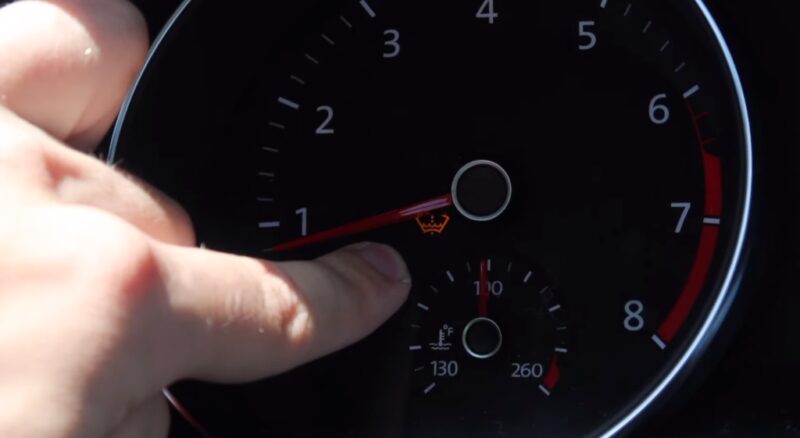Every driver knows the importance of clear visibility when on the road. One of the simplest yet most crucial components that ensure this is the windshield wiper fluid. It’s easy to overlook, but when you’re caught in a dust storm, or the winter grime starts to build up, you’ll be grateful for that little squirt of clarity.
In this guide, I’ll walk you through the process of filling up your serum, ensuring you’re always prepared to wipe away any obstacles.
The Step-by-Step Guide
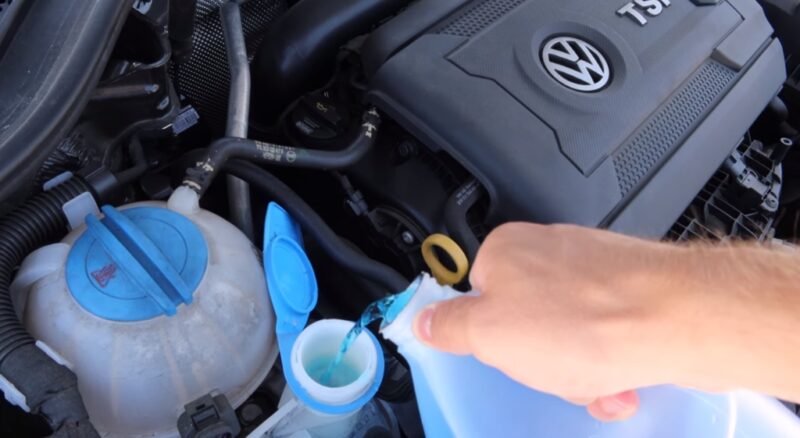
1. Locating the Reservoir
Open your car’s hood and look for the windshield wiper fluid reservoir. It’s typically a translucent container with a blue cap, often labeled with a windshield or water icon. The transparency allows you to see the fluid level inside.
2. Filling the Reservoir
Once you’ve located the reservoir, remove the cap. Pour the wiper serum in slowly, ensuring you don’t overfill. If you’re using a concentrated solution, make sure to mix it with water as directed on the label. Once filled, securely replace the cap.
Common Mistakes to Avoid
While filling the wiper substance might seem straightforward, there are common mistakes many drivers make that can be easily avoided.
- Using Plain Water: While water can provide a temporary solution, it lacks the cleaning agents found in wiper serums. In cold climates, water can freeze, rendering your wipers useless. Always use a proper wiper fluid or a well-researched DIY solution.
- Overfilling the Reservoir: Overfilling can lead to spills, which might damage other engine components or the car’s paint. Always fill slowly and keep an eye on the fluid level to avoid overflows.
Choosing the Right Fluid for Your Car
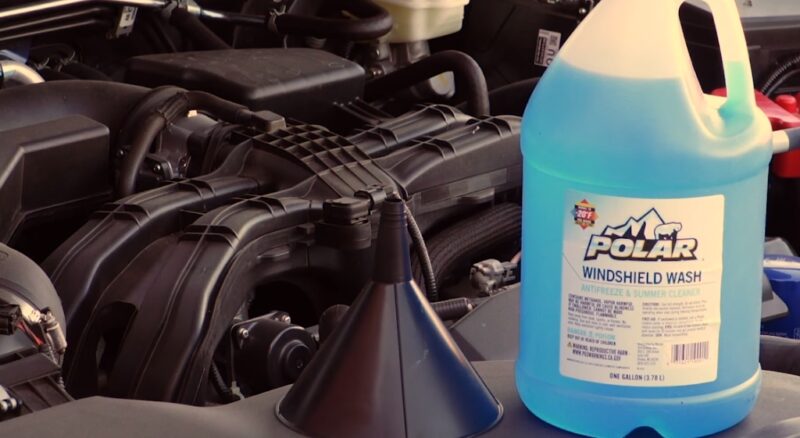
Not all wiper substances are created equal, just like not all cars are created equal. For example, understanding the cost dynamics of luxury cars like the Mercedes Benz E300 can provide insights into the value and performance you’re investing in.
Depending on where you live and the conditions you drive in, you’ll want to choose a serum that’s best suited for your needs. Here are some of the best available fluids:
| Windshield Fluid | Pros | Cons |
|---|---|---|
| Prestone All Season 3-in-1 | – Pre-mixed solution – Works in all weather conditions – De-icer, bug wash, repels water | Expensive compared to concentrated solutions |
| Nextzett Kristall Klar | – Ammonia-free – Does not contain toxic methanol – Reasonably priced, water softeners | Concentrate (needs mixing), not for cold weather |
| Prestone De-Icer | – Affordable – Great for harsh winter conditions | High methanol content, only for winter use |
| Dokiko Windshield Washer Fluid Tablets | – Cost-effective – Simply mix with water – Effective at removing splatter, tree sap, and road grime | Only for summer, is not effective in cold weather |
| Prestone Bug Wash | – Designed to remove bug residue – Leaves a barrier to protect windshield, repels water | Not for cold weather, expensive compared to concentrates |
| Aqua Charge Windshield Washer Ultra Concentrate | – Affordable – Efficient, one bottle lasts years | Needs dilution, and must be mixed with methanol for cold weather |
| Rain-X All Season 2-in-1 | – Works against snow and ice – Adds Rain-X hydrophobic coating | More expensive than concentrated solutions |
Factors to Consider When Buying
When shopping for wiper serum, consider the climate of your location. If you’re in a region with harsh winters, opt for a substance that has antifreeze properties. For those in bug-prone areas, a serum designed to remove bugs and tar is ideal.
Always check the label and ensure the fluid is compatible with your vehicle.
DIY vs. Store-Bought Solutions
While there are numerous commercial wiper fluids available, some drivers prefer making their own using a mixture of water, vinegar, and dish soap. This can be an economical and eco-friendly solution.
However, ensure that homemade mixtures don’t damage your car’s paint or seals.
Maintenance and Regular Checks
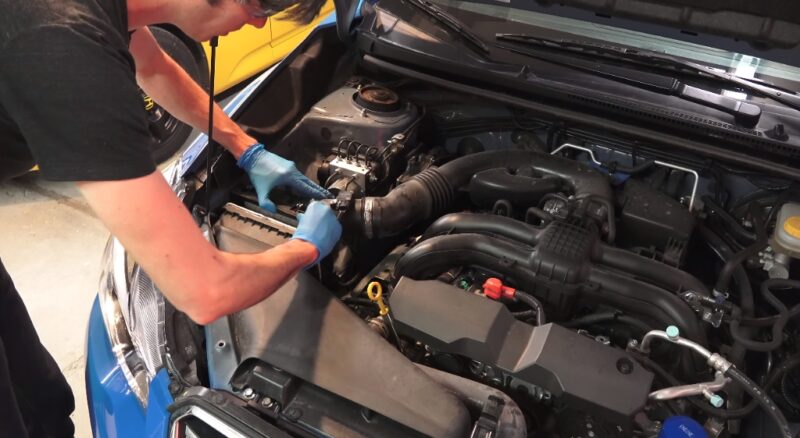
Regular maintenance ensures that you’re never caught off guard without wiper fluid, especially when you need it the most.
It’s a good practice to check your wiper fluid level every time you refuel your car. This ensures you’re always topped up and ready for any situation.
Seasonal Changes
As seasons change, so do driving conditions. Switching your wiper serum type to match the season can be beneficial. For instance, transitioning to an antifreeze solution as winter approaches.
Similarly, maintaining other parts of your car, like ensuring your rubber car mats are clean, contributes to a comfortable and safe driving experience.
Troubleshooting Common Issues
Sometimes, even after filling up the substance, you might encounter issues. Here’s how to troubleshoot some common problems.
No Fluid Coming Out
If you find that no serum is being sprayed onto the windshield, it could be due to a clogged nozzle or a malfunctioning pump. Check the nozzles for any visible blockages and clean them. If the problem persists, consult with a mechanic.
Uneven Spray Pattern
If the substance isn’t covering the windshield evenly, it might be due to misaligned or dirty nozzles. Adjust the nozzles or clean them to ensure a consistent spray pattern.
Advanced Tips
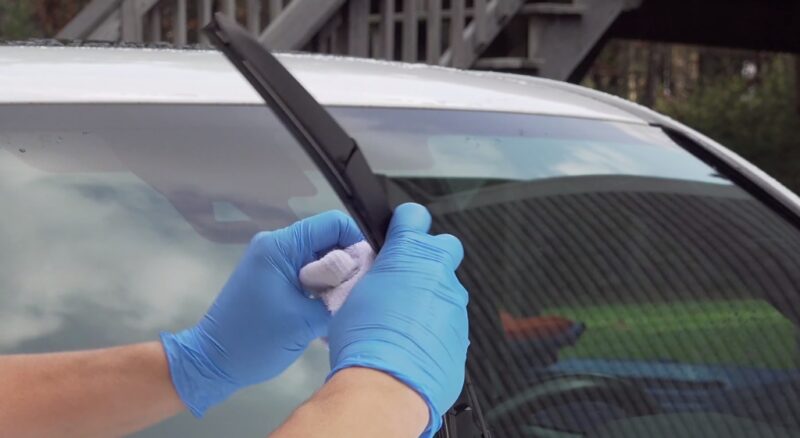
For those looking to go the extra mile in ensuring the best windshield care, there are some advanced tips.
Pairing with Quality Wiper Blades
A good wiper fluid is only as effective as the wiper blades it’s paired with. Invest in high-quality wiper blades that ensure a streak-free wipe, enhancing the effectiveness of the substance. Here are some suggestions:
| Wiper Blade | Pros | Cons |
|---|---|---|
| Rain-X Latitude Water Repellency | – Rain-X rain repellent – Very secure locking clasp – Improved visibility – Quiet, no streaks | The locking clasp is difficult to open |
| Trico Flex | – Great price – Easy installation – No streaking or chattering | Lacks rain repellent |
| Rain-X Silicone Endura | – Silicone blades last twice as long – Better performance in extreme weather – Locking clasp | Priciest blades |
| Goodyear Assurance | – Multiple adapters that interchange easily – Locking clasp on J-Hook adapter | Doesn’t stand out in other areas |
| OEM Wiper Blades | – Tailor-made for specific vehicles – Easy installation | Prices can vary and can be expensive |
| Trico Platinum | – Comes in a pair-pack – Moderately priced for two – Quiet, no streaks | Doesn’t excel in any specific area |
| Bosch Evolution | – Great contour fitment on the windshield – No squeaks or streaks | Difficult installation |
Adding Water Repellent Treatments
There are treatments available that can be added to the windshield to repel water, making the wiper fluid and blades’ job easier. These treatments cause water to bead up and roll off, improving visibility during rain.
FAQs
Can I use household cleaning agents as wiper fluid?
While some drivers use a mixture of water, vinegar, and dish soap as a DIY solution, it’s essential to be cautious. Household cleaning agents might not be formulated for automotive use and could potentially damage the windshield, wiper blades, or the paint of the car.
Always research thoroughly before using any alternative solutions.
How often should I replace the wiper fluid if I don’t use it frequently?
Even if you don’t use the serum often, it’s a good practice to check its consistency and color every few months. Over time, the serum can become contaminated or degrade. If it appears murky or has an off-putting smell, it’s time to replace it.
Is there a difference between summer and winter wiper fluids?
Yes, there is. Summer wiper serums are formulated to handle bugs, tree sap, and road grime more effectively. In contrast, winter wiper serums contain antifreeze agents to prevent the substance from freezing in cold temperatures.
Can I mix two different brands or types of wiper fluids?
It’s generally not recommended to mix different brands or types of wiper serums. They might have different chemical compositions that could react adversely when combined.
If you want to switch types or brands, it’s best to empty the reservoir first.
What should I do if I accidentally put another fluid, like coolant, into the reservoir?
If you mistakenly do something like this, it’s essential to avoid using the wipers. The incorrect substance can damage the windshield or the car’s paint. You should drain the reservoir completely and then refill it with the proper wiper serum.
Are there any non-liquid alternatives to traditional wiper fluids?
Yes, there are wiper fluid tablets available in the market. These tablets are added to the reservoir, and when mixed with water, they dissolve to create a cleaning solution.
They’re compact and environmentally friendly, but always ensure they’re compatible with your vehicle before use.
Final Words
While it might seem like a minor detail, ensuring your car’s windshield wiper fluid is always filled and ready for use is a simple step that can greatly enhance your driving safety.
By understanding its importance, choosing the right serum, and maintaining regular checks, you can ensure clear visibility no matter what obstacles come your way. Safe driving!
